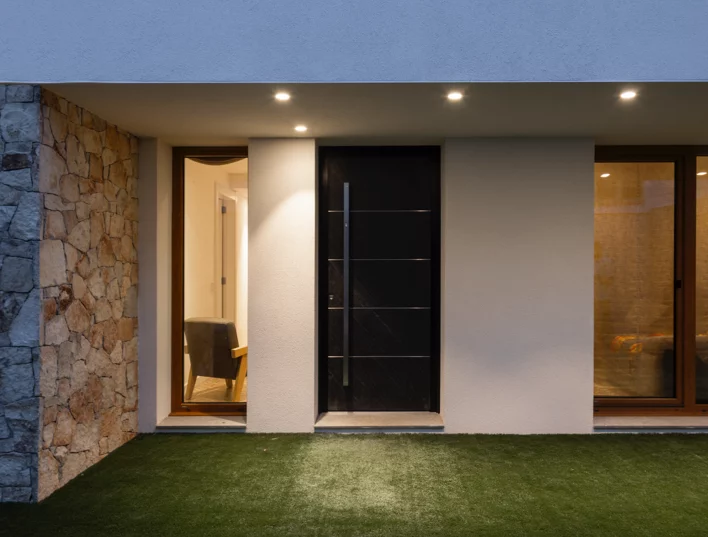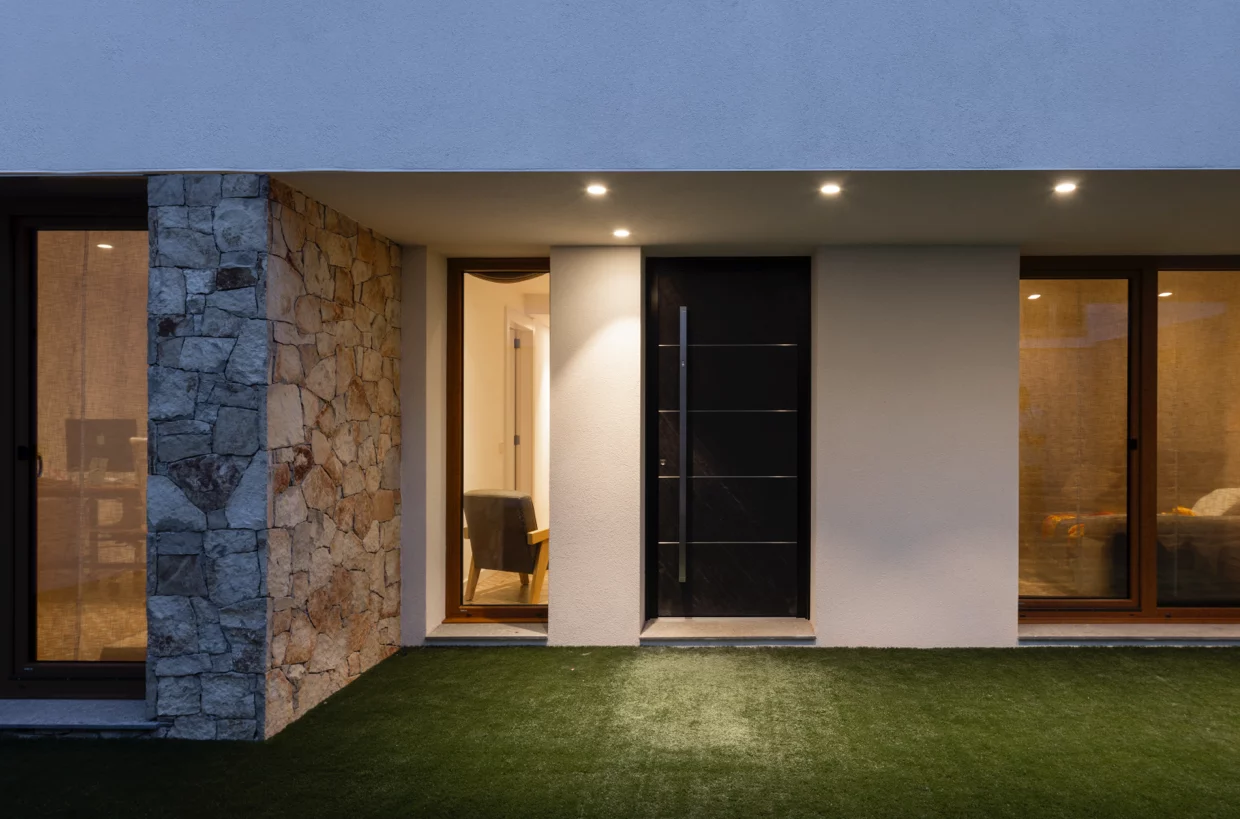Casa #SgPi: Premium Passive House in Sant Pere de Ribes, Catalonia

Premium Passive House in Sant Pere de Ribes. A building that achieves Passivhaus Premium certification generates, 3 to 4 more energy than it consumes, offering optimal thermal comfort, impeccable air quality and absurdly low energy bills.
Casa #SgPi: Premium Passive House in Sant Pere de Ribes, Catalonia

What do you do when you come across the existing structure of a house, a remnant of the Spanish real estate bubble of 2007, which left skeletons of building structures scattered throughout the Iberian Peninsula?
Easy: You re-use it, reducing the project’s embodied carbon and turn it into a Passivhaus Premium! A building that achieves Passivhaus Premium certification generates (through on-site or off-site renewable energy installations), 3 to 4 more energy than it consumes, offering optimal thermal comfort, impeccable air quality and absurdly low energy bills. Sounds impossible? Well, here it’s become a reality…

The completed Casa #SgPi

The existing structure before the intervention
Casa #SgPi is designed by architect and Passivhaus Designer Sergi Gargallo of SgARQ Passivhaus Architecture, and certified by Oliver Style of Praxis Resilient Buildings. The house has WERU Afino One PVC windows, equipped with argon filled low-emissivity triple glazing and insulating spacers, offering excellent thermal and acoustic insulation. “When we close all the windows, the silence inside the house is incredible!”, says Edu Altés, co-developer of the house and CEO of Prot Energía, who did the photovoltaic installation on the roof of the house that generates 11,313 kWh/a of renewable energy. Off-site, Prot Energia has installed another PV generator, owned by them (a requirement for it to be included in the Premium certification) – which generates 10,609 kWh/a, totalling 21,922 kWh/a. The house is expected to consume a total of 6,864 kWh/a. What does this all mean? It means that, in an average year, 3.2 times more energy will be generated from on-site and off-site renewable sources, than the house itself consumes. Way to go!

The on-site photovoltaic generator

Inverter & batteries
The fantastic indoor air quality is another thing that the owners of this house comment on
This is thanks to a mechanical ventilation system with heat recovery, which ensures a constant renewal of fresh air and optimal indoor air quality, recovering heat from the exhaust air to preheat the incoming air, thus reducing the heating energy demand in winter. In summer, the process is reversed, and the heat recovery unit cools the incoming air (when the air conditioning is on). Also, when the outdoor temperature is below the indoor temperature, the bypass opens automatically, providing “free cooling”. This also helps to reduce air conditioning consumption.

Image of the measuring equipment for the “Blower Door” test

Infiltration air flow at -50Pa of pressure
An excellent result was achieved in the “Blower Door” air tightness test, of n50 = 0.2 air changes per hour, 3 times below the Passivhaus certification limit of n50 ≤ 0.6 ach. Typically, a newly built home in Spain with an “A” energy certification will have an air permeability of between 3 ach and 6 ach at 50 Pa. This means that- on the one hand- there are no cold draughts in winter that generate discomfort and send energy bills rocketing, and- on the other hand- hot and humid air doesn’t come leaking in through the envelope in summer.


From Praxis Resilient Buildings we’re really proud to have been able to certify this home with the highest certification class of the Passivhaus standard: Premium! Huge congratulations to all the people and companies that participated in the design and on-site: reaching Passivhaus certification isn’t easy, but it’s the result of a lot of hard work and attention to detail…and above all, team work!
Do you want a Passivhaus certified passive house?, contact us using this form!
Photos: Joan Giribet & Timo Hoek
International Passivhaus Projects database: https://www.plataforma-pep.org/ejemplos-ph/casa-sgpi/
Spanish Passivhaus Platform (PEP) project database: https://passivehouse-database.org/index.php#d_7297
